Compsognathus
Name Origin
Delicate Jaw
Family
Compsognathidae
Classification
Diapsida, Saurischia, Theropoda
Habitat (Discovery Location)
Germany, France
Period
Approximately 151 to 145 million years ago (Late Jurassic)
Length
Approximately 1 to 1.4 meters
Weight
Approximately 2 to 3 kilograms
Diet
Carnivore (Meat-eater)
 Jurassic
Jurassic
Park / World Featured Dinosaur
Appearance in Jurassic Park
It does not appear as a living creature in the Jurassic Park film.
The initial InGen list (official species list) released for the movie only included 13 species, and the remaining two species, including this one, remained unknown for a long time.
Its existence was only officially revealed in 2018, when the Dinosaur Protection Group (DPG) website published the complete species list for Isla Nublar. This list confirmed for the first time that Compsognathus was officially part of the park's lore as one of its species.Appearance in The Lost World: Jurassic Park
This is the dinosaur that left audiences deeply traumatized in The Lost World: Jurassic Park.
At first glance, they appear small and almost adorable, but they are portrayed as having a terrifying ecology. They attack their prey in swarms, much like piranhas, and are depicted as being capable of preying on creatures much larger than themselves.
In the opening of the movie, a young girl named Cathy, visiting a beach on Isla Sorna with her family, encounters a Compsognathus. At first, only one appears. Seeing its small size, Cathy lets her guard down and tries to feed it. However, that single creature quickly summons its pack. The swarm of Compsognathus then attacks Cathy all at once, severely injuring her.
This scene left a powerful impression on the audience, demonstrating the underlying terror that "small dinosaurs" could possess.Appearance in Jurassic Park III
Despite their ferocious depiction in The Lost World: Jurassic Park—where they hunted an adult man as a pack—the Compsognathus (nicknamed "Compies") have an extremely limited appearance in Jurassic Park III.
Their role is restricted to a single, brief moment midway through the film, seen near the trailer that Eric Kirby was using as a hideout.Appearance in Jurassic World: Fallen Kingdom
In fact, it is said that over 25 of them had already reached Isla Nublar back during the time of the first Jurassic Park, having stowed away on transport ships from Isla Sorna. Like the Brachiosaurus, it is believed they established their own ecosystem and lived in the wild since the days of the first film.
Later, when all individuals from Isla Sorna were officially transported to Isla Nublar, their population on the island exploded.
In the film, they can be seen wandering inside the abandoned shops on Main Street after the park's collapse. Surviving packs also appear frequently amidst the chaos of the volcanic eruption.
Several of them (a small pack) were subsequently captured by hunters hired by the Lockwood Foundation and transported to the "Lockwood Estate" on the U.S. mainland.
At the end of the story, the escaped Compsognathus are present for Eli Mills' final moments.
Just before Mills is eaten by the Tyrannosaurus, the Compies are the first to sense its approach and flee. Later, they swarm the severed lower half (leg) of Mills that was dropped by the Carnotaurus after the Tyrannosaurus tore him apart, but they scatter in fear upon hearing the Tyrannosaurus's roar.
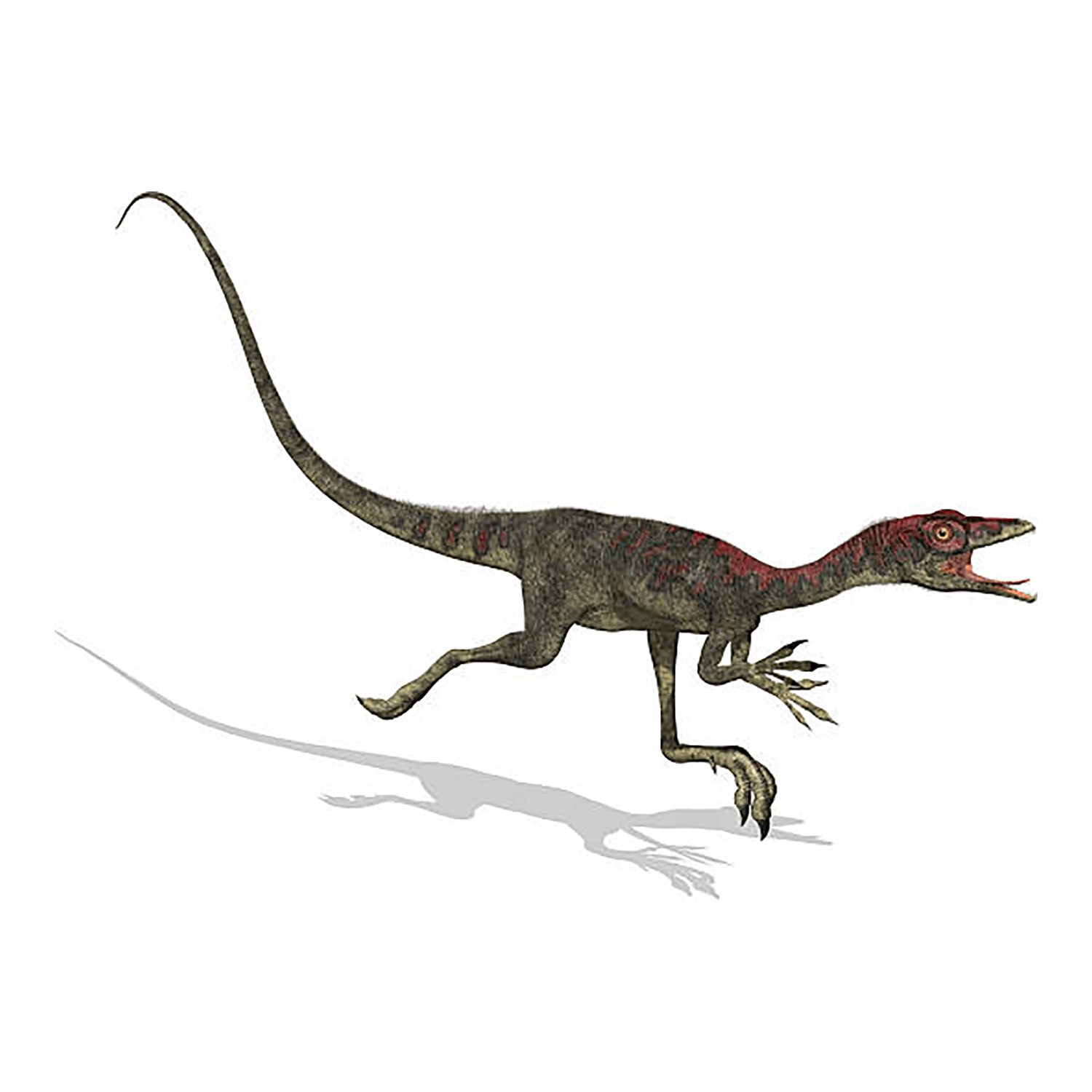

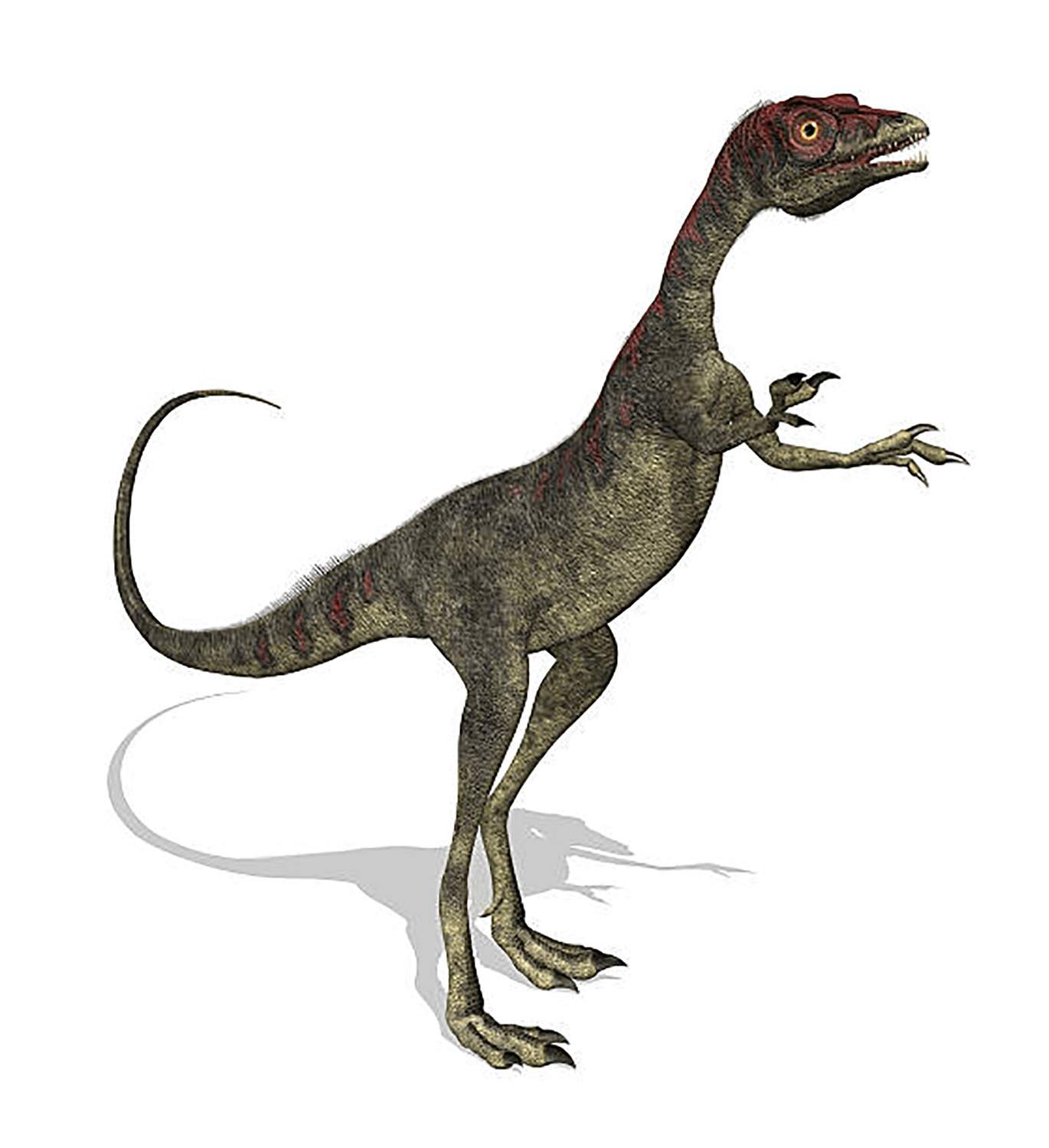
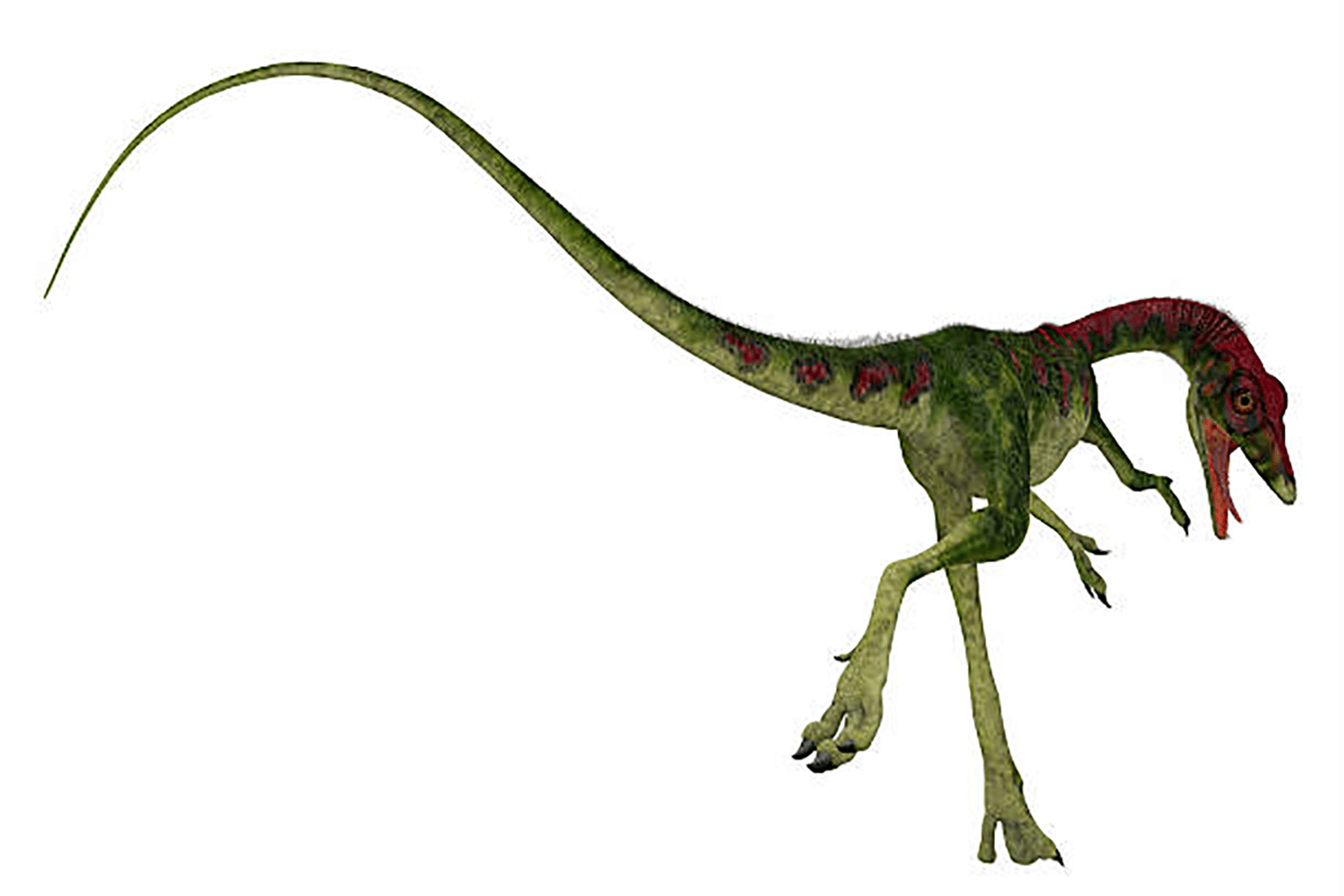
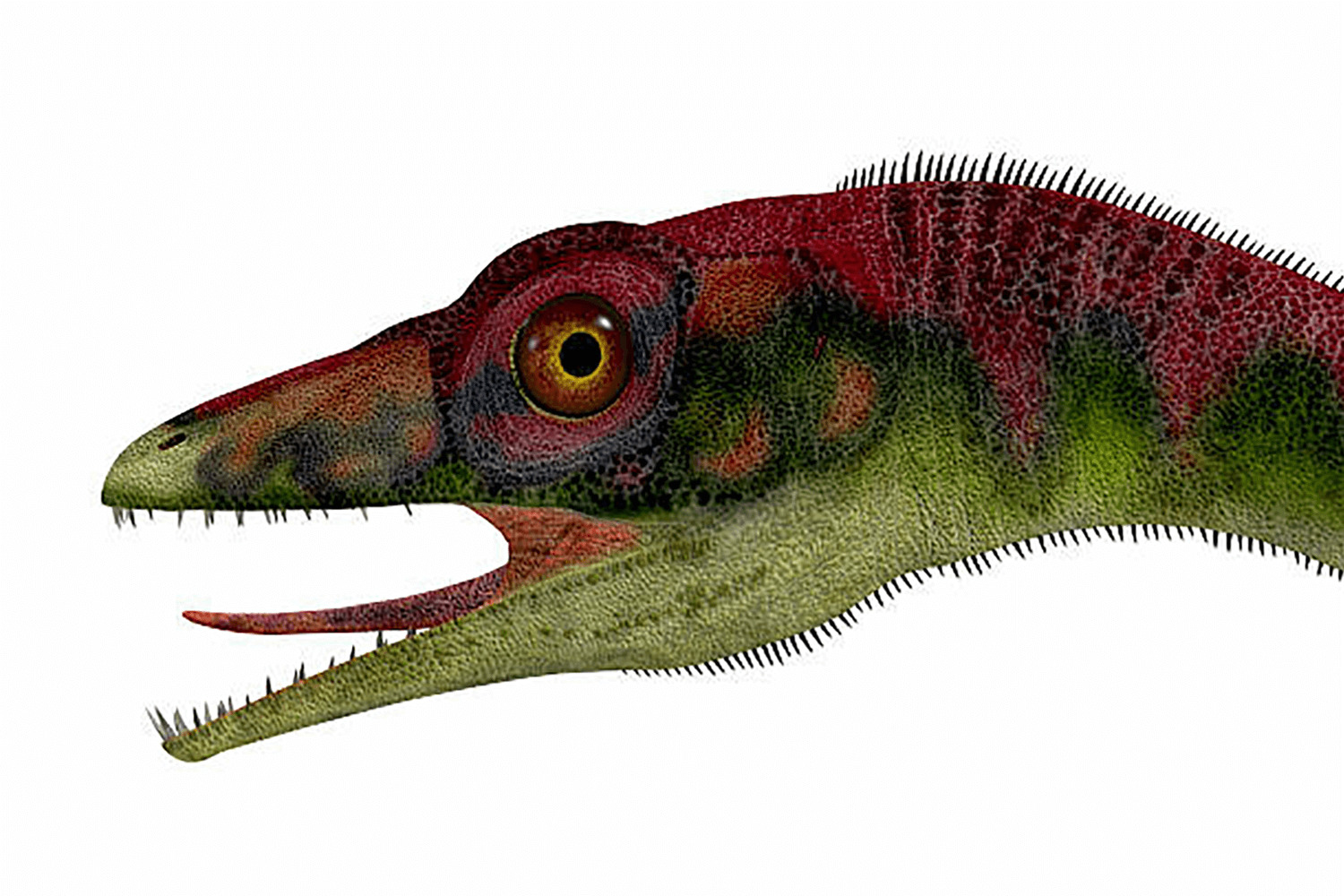
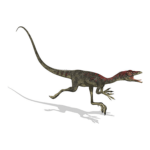
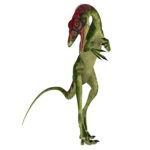
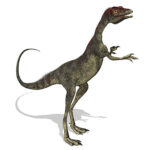
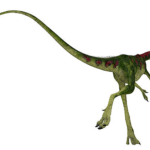
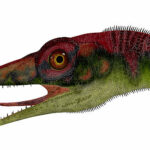
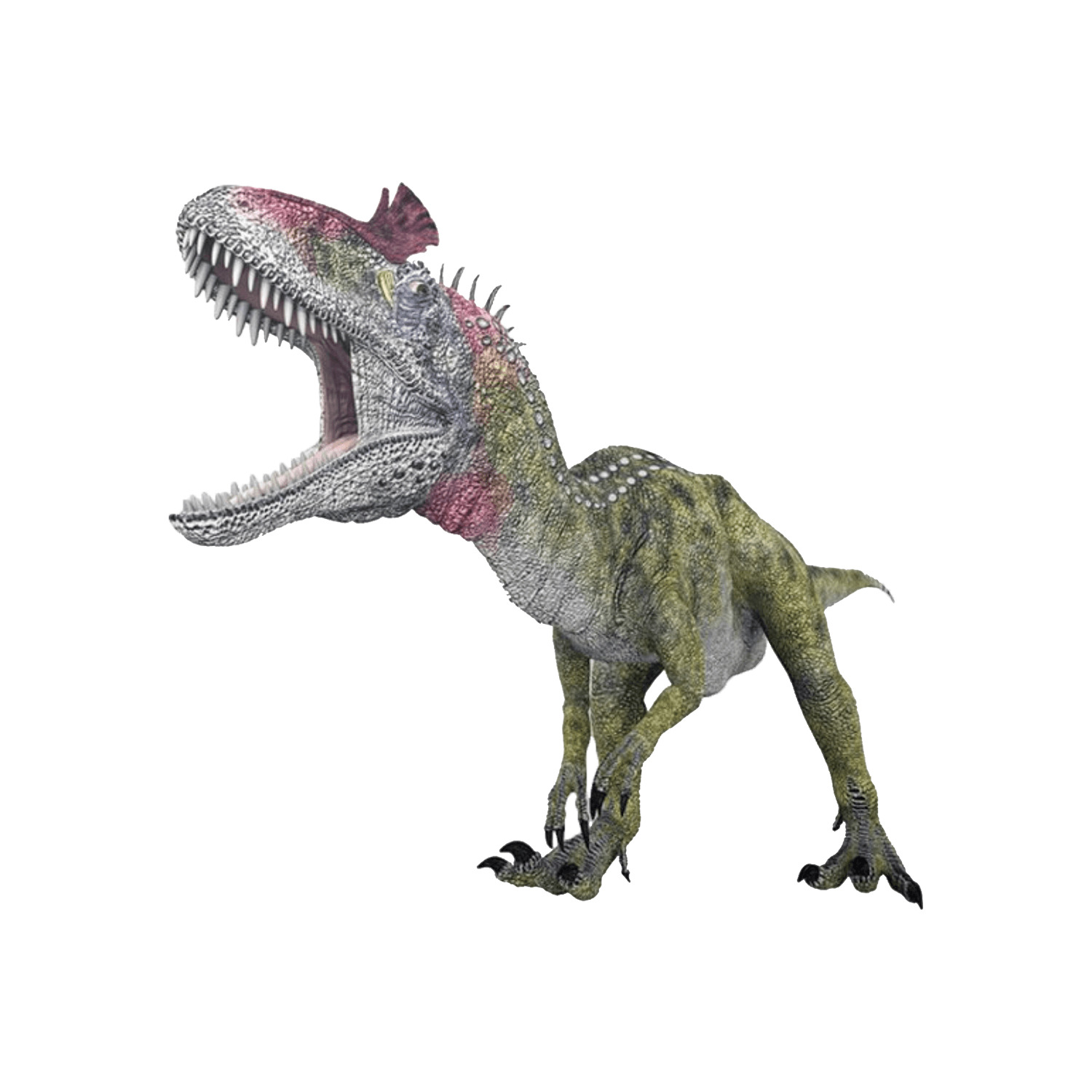

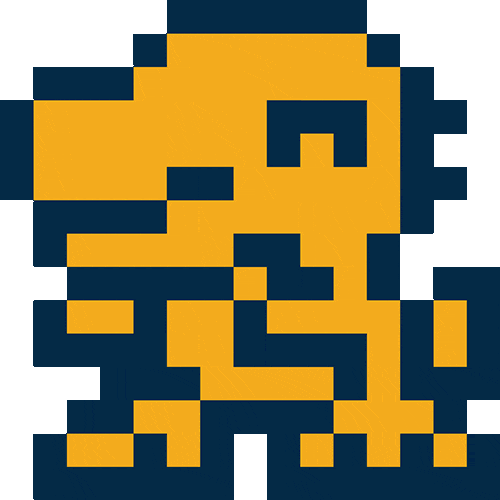

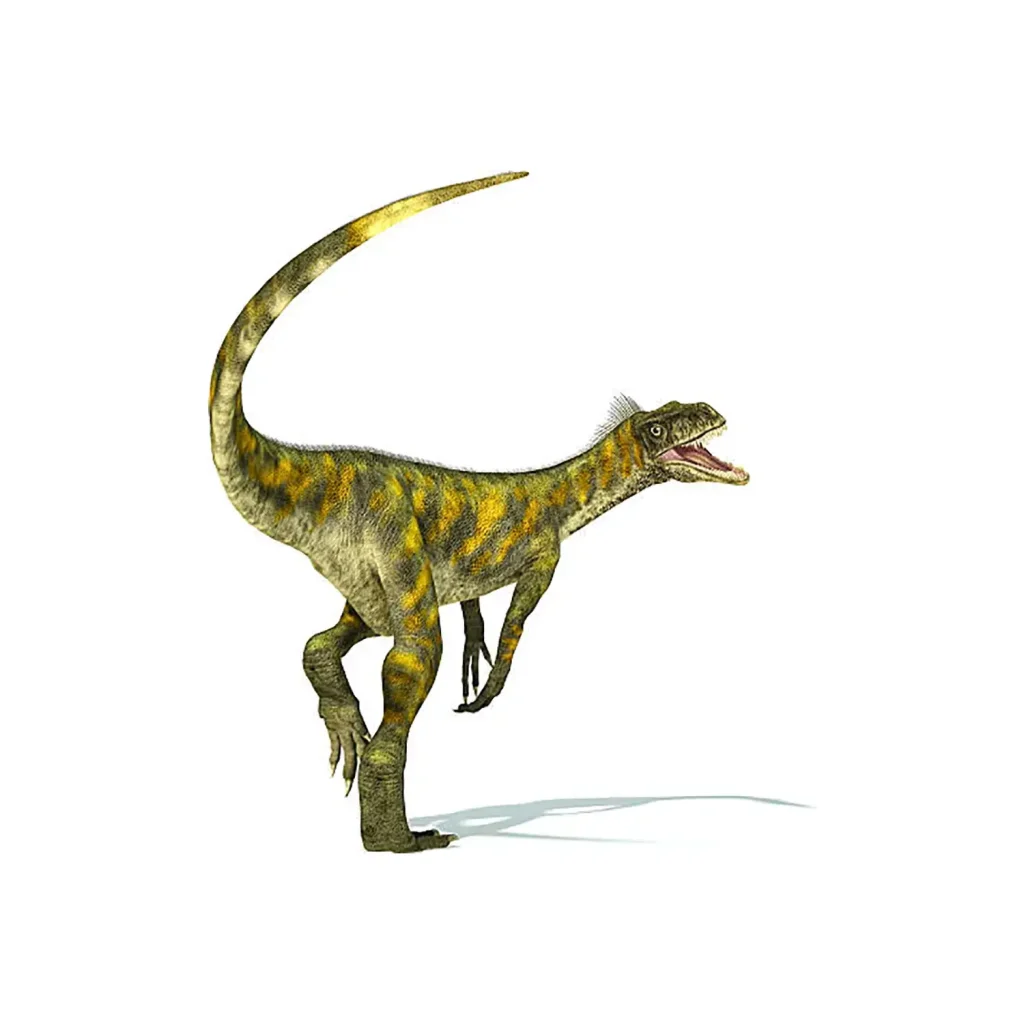
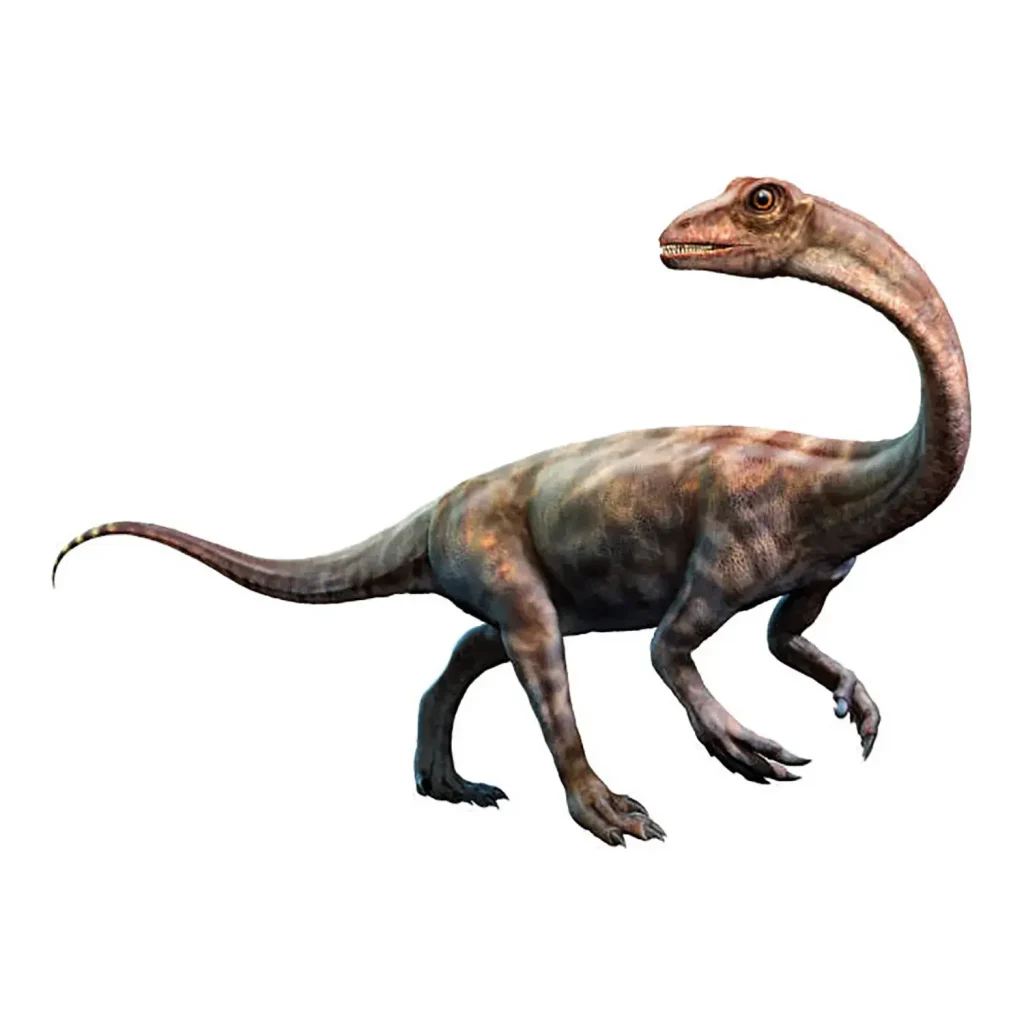

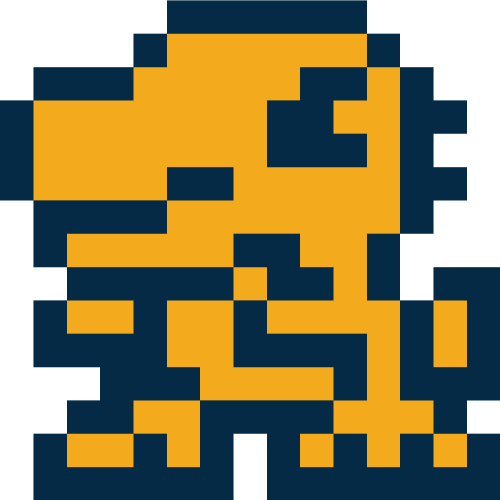
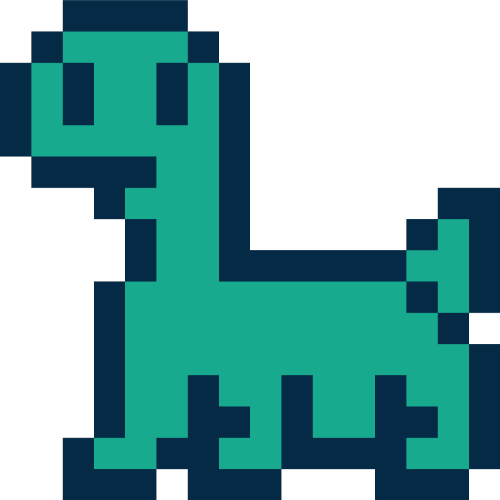
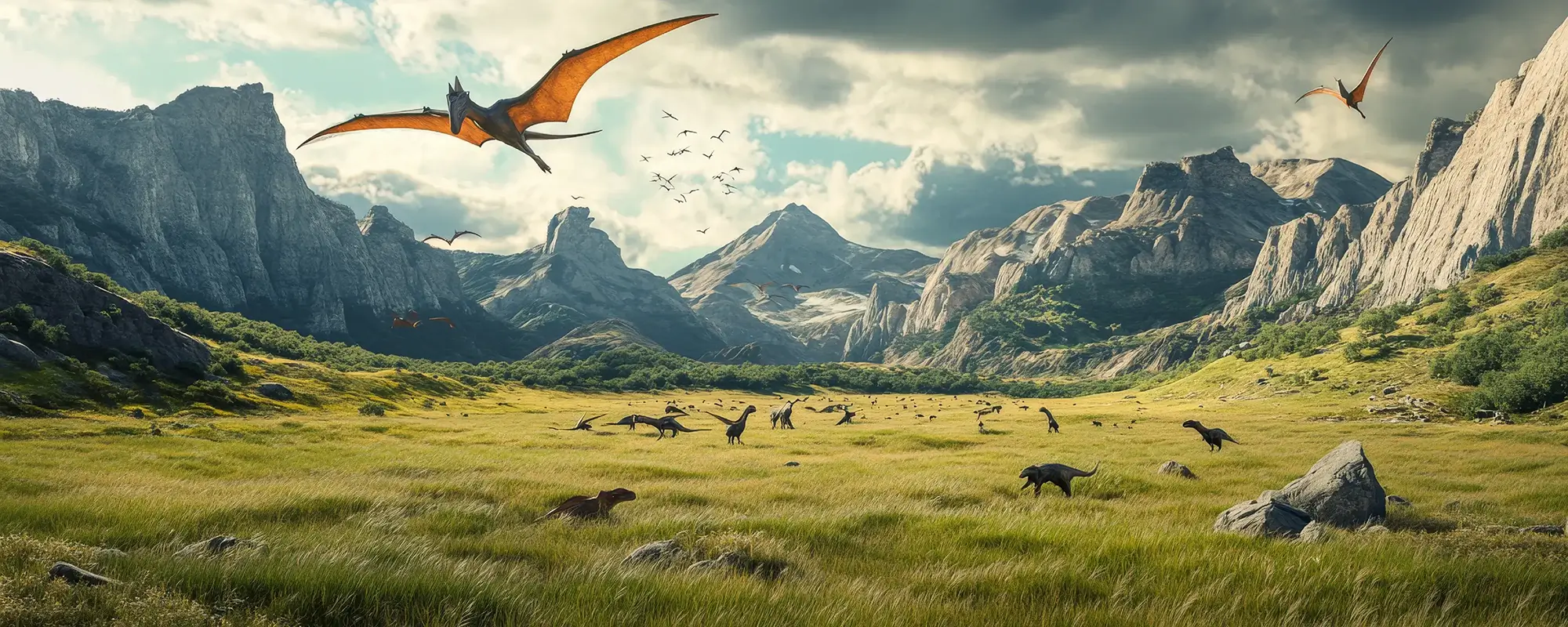



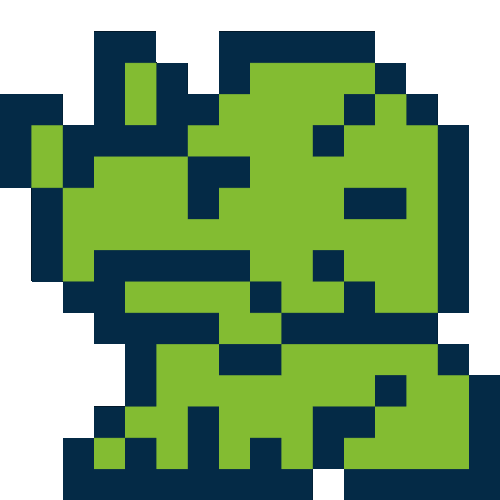
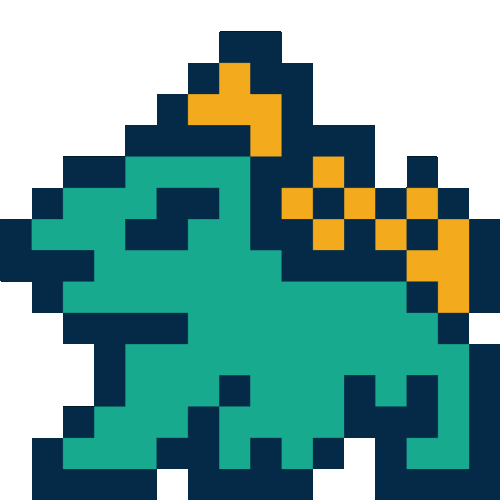


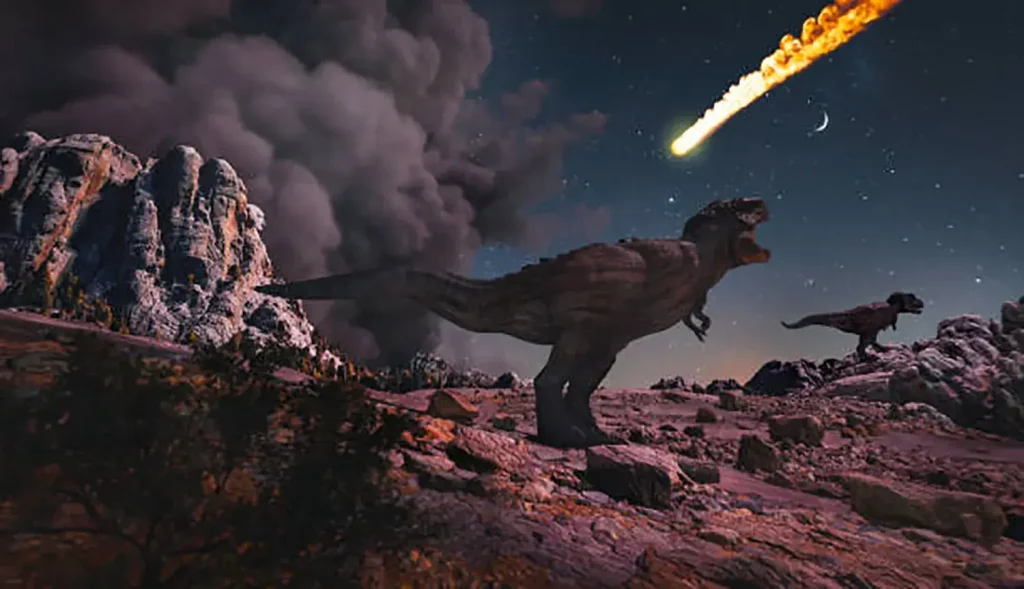
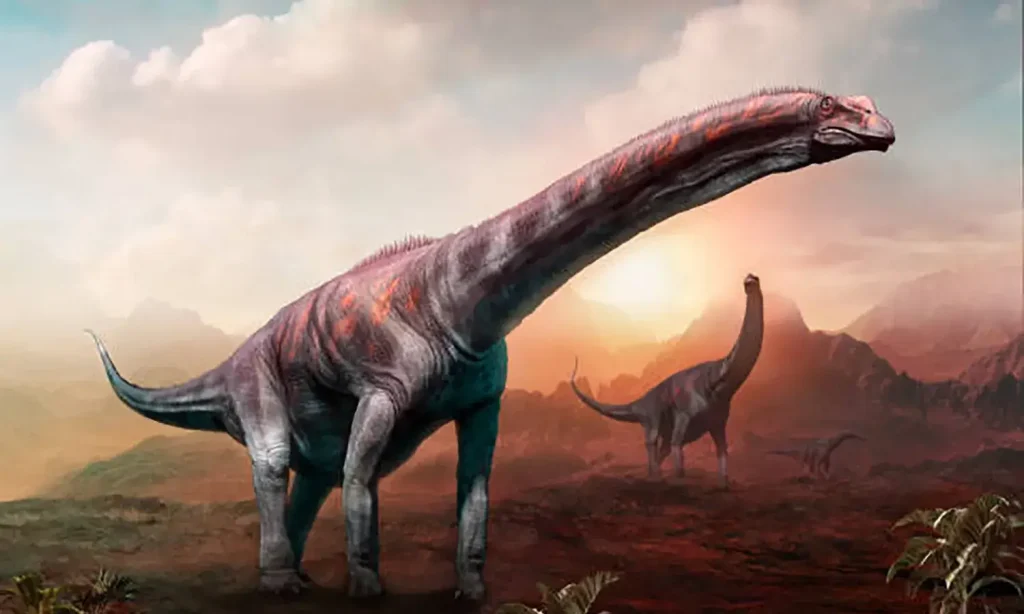
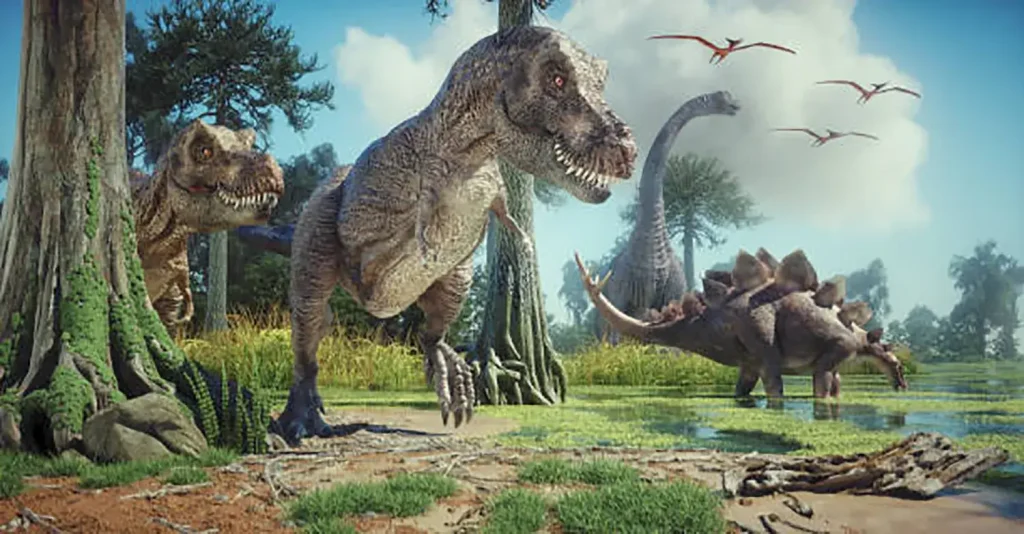
Description
When most people think of dinosaurs, they picture giant carnivores like Tyrannosaurus or long-necked herbivores like Brachiosaurus.
However, the world of dinosaurs was incredibly diverse, and in addition to large species, many small species also existed.
Among them, Compsognathus is known as one of the smallest dinosaurs, living in Europe during the Late Jurassic period (about 150 million years ago).
Its name means “delicate jaw,” and as the name implies, it was a carnivorous dinosaur (theropod) with an extremely lightweight and slender build.
Discovery and the “Missing Link” Debate
The Compsognathus fossil was discovered in 1859 in the Solnhofen limestone quarry in Bavaria, Germany.
This geological formation is world-renowned for its exceptionally well-preserved fossils, and the Compsognathus skeleton was found in a near-complete state.
A Fateful Encounter with Archaeopteryx
The impact of Compsognathus’s discovery on the paleontological community was not just due to its small size.
From the same rock layer and at roughly the same time, the fossil of “Archaeopteryx” was discovered.
Archaeopteryx
Archaeopteryx caused a sensation as the “missing link” between reptiles and birds, as it possessed dinosaur-like sharp teeth and claws, yet also had feathers unique to birds.
The discovery of these two fossils led scientists like Thomas Huxley to realize the striking skeletal similarities between Compsognathus and Archaeopteryx.
This fact strongly supported the hypothesis that “birds evolved from dinosaurs,” and for many years, Compsognathus was thought to be the dinosaur most closely related to the ancestors of birds.
A Chicken-Sized, Agile Hunter
Compsognathus was one of the smallest dinosaurs of the Jurassic period.
Astonishing Smallness and Speed
Its maximum length was only about 1 to 1.4 meters, and it weighed only 2 to 3 kg (about the same as a one-year-old child).
Its head was smaller than a human palm, about 10 cm, and more than half of its body length was taken up by a long, whip-like tail.
More than half of its body length was taken up by a long, whip-like tail.
However, its small body was a highly sophisticated weapon for hunting.
There is no doubt that it was an extremely agile dinosaur, with a slender, delicate build and developed hind limbs.
A 2007 study estimated its running speed could have reached 64 km/h (though dinosaur running speeds are still debated).
Its running speed is estimated to have potentially reached 64 km/h.
The long tail, which made up a significant portion of its body length, functioned as a balancer when running at high speeds.
“Delicate Jaw” and Small Teeth
The name “delicate jaw” is derived from its long, lightweight skull.
Its mouth was lined with numerous small, sharp teeth, which were suitable for holding prey, but they were not robust enough to tear flesh or crush bone like larger theropods.
Its teeth were small and suited for holding prey.
The Mystery of the Fingers
The fossil hand discovered had only two fingers, which was initially thought to be their characteristic trait.
However, later research indicated that a third finger was likely present but was either lost during the fossilization process or had become very small and vestigial.
Although the forelimbs were short, they were solidly built and had large claws, believed to be used for powerfully grasping prey.
It had large claws on its forelimbs.
Diet as Told by Fossils: Swallowing Lizards Whole
With its small body, it was, of course, unable to hunt large herbivorous dinosaurs.
Compsognathus is believed to have primarily fed on insects and lizards smaller than itself.
The Last Meal Preserved in the Stomach
This fact is supported by the exceptionally well-preserved fossil.
The German specimen discovered in 1859 was found to have the complete skeleton of a lizard (later named Bavarichthys) preserved in its stomach area, believed to be its last meal.
This is definitive proof that they actively hunted agile small animals.
The Feather Mystery: Why Have No Traces Been Found?
Because Compsognathus lived in the same time and region as Archaeopteryx, and many of its close relatives have been found with feathers, it is strongly suggested that Compsognathus was also covered in feathers.
However, despite the Solnhofen limestone being an excellent environment capable of preserving even the traces of feathers, no clear feather impressions have been found on Compsognathus fossils.
Evidence for the Feather Theory
The fossil of Sinosauropteryx (a close relative of Compsognathus) found in China had clear traces of feathers.
Because of this, many researchers believe Compsognathus must have had feathers too.
Counterargument (The Scale Theory)
On the other hand, since no feather traces have been found, the theory that it was covered in scales, like a modern lizard, is also considered plausible.
This “feather mystery” is one of the biggest controversies surrounding Compsognathus, and further research is awaited.
Evolutionary Classification and the Surprising Link to Tyrannosaurus
Compsognathus is classified as a member of the Coelurosauria group.
This group flourished alongside dinosaurs like Allosaurus in the Jurassic, and eventually evolved into Deinonychus, Velociraptor, and even the Tyrannosauridae lineage.
Although initially thought to be a direct ancestor of birds, current research places it within the Tetanurae group (which includes many carnivorous dinosaurs) and not directly related to birds.
Furthermore, a paper published in 2023 proposed that Compsognathus belongs to the Tyrannosauroidea superfamily. This raises the possibility that this chicken-sized, agile hunter was a distant relative of the strongest dinosaur of a later age, Tyrannosaurus.
Compsognathus is an extremely important dinosaur, holding a major key to the mystery of dinosaur evolution within its small body.